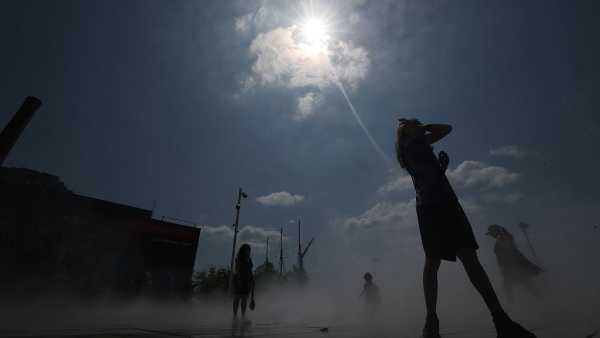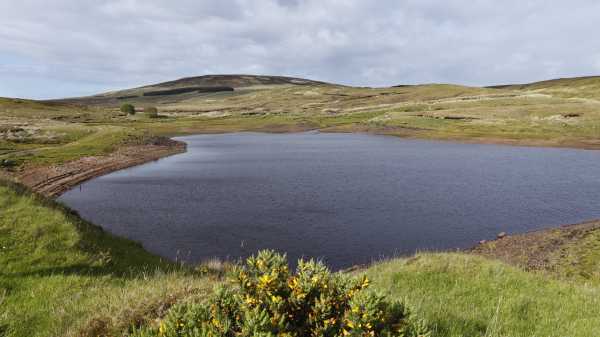
The disappearing lake is located in County Antrim, Northern Ireland. (Photo: Martin Siepmann/Getty Images) AT A GLANCE
Name: Lugarema, or the Vanishing Lake
Location: County Antrim, Northern Ireland
Coordinates: 55.157034137386944, -6.1079272599514285
The reason for its uniqueness: The reservoir can disappear in just a few hours.
Lougarema, also known as the Vanishing Lake, is an intermittent lake in Northern Ireland with a unique geological structure that is still not fully understood by scientists.
Three streams flow into the reservoir, but the only outlet of water is through a bottom drain, which periodically becomes clogged and breaks through, which causes sharp fluctuations in the water level.
According to the Geological Society, Vanishing Lake can be full in the morning and virtually dry by midday due to runoff and a mysterious underground drainage system that transports water to a large spring on the Cary River 2.5 km away. Experts are unsure how this system works or when it formed, but its effectiveness in draining the lake is astounding.
You may like
-

Taal Lake: A volcanic crater containing “an island within a lake, which itself contains a lake with an island.”
-
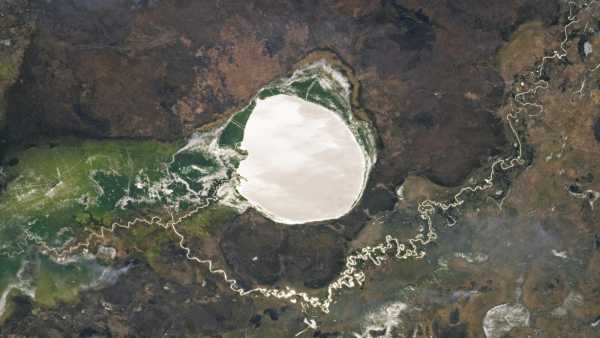
African crater with lake becomes giant silver 'mirror' thanks to rare natural phenomenon
-

Unique milk swirls create mesmerizing patterns in world's largest 'sparkling lake'
“Lugarima is a changing landscape and it is always interesting to anticipate the current state of the lake as you approach it,” Paul Wilson, a hydrogeologist at the British Geological Survey in Belfast, told the Geological Society. “The water is drained into an underground drainage system whose details remain a mystery to us.”
Along with the incoming water, debris enters the lake, settles on the bottom and gradually blocks the flow. When the hole is completely blocked, the water level rises rapidly. However, when the critical point is reached, the water pressure suddenly clears the blockage, causing the reservoir to quickly empty.
A narrow road runs through the middle of the lake, today elevated enough to allow safe passage even at high water levels. The lake is located in a remote area, surrounded by peat bogs – a treeless ecosystem with swampy soil and frequent fog.
MORE INCREDIBLE PLACES
– Lake Natron: A toxic body of water in Tanzania with a blood-red tint that mineralizes organic matter.
— Lake Salda: the only terrestrial formation analogous to the Martian crater Jezero.
— Savonoski Crater: a mysterious, perfectly round depression in Alaska that has no scientific explanation.
According to legend, in the 19th century, a group of people in a horse-drawn carriage attempted to cross the lake at night and perished in the waters. Folklore claims that the ghosts of the carriage still roam the shores, appearing at night when the lake is full.
Explore more amazing places where we uncover fascinating scientific and historical secrets of Earth's unique landscapes.
TOPICS incredible places

Sasha PareSocial Link NavigationStaff Writer
Sasha is a regular contributor to Live Science based in the UK. She holds a BA in Biology from the University of Southampton and an MA in Science Communication from Imperial College London. Her work has appeared in The Guardian and on health platform Zoe. Outside of writing, she enjoys tennis, baking, and thrift-shopping.
Please confirm your display name before posting a comment.
Log out and log back in to enter your display name.
Exit Read more
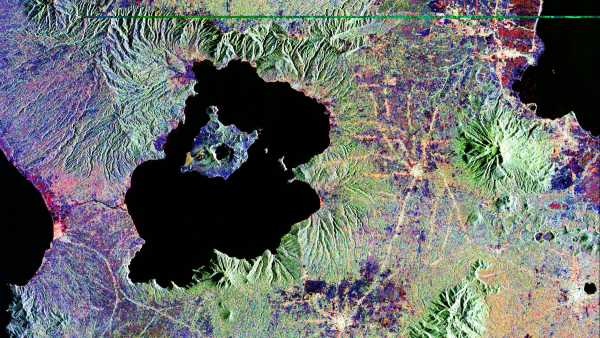
Taal Lake: A volcanic crater containing “an island within a lake, which itself contains a lake with an island.”
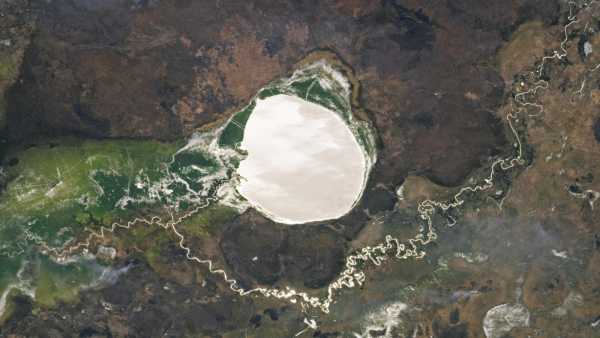
African crater with lake becomes giant silver 'mirror' thanks to rare natural phenomenon
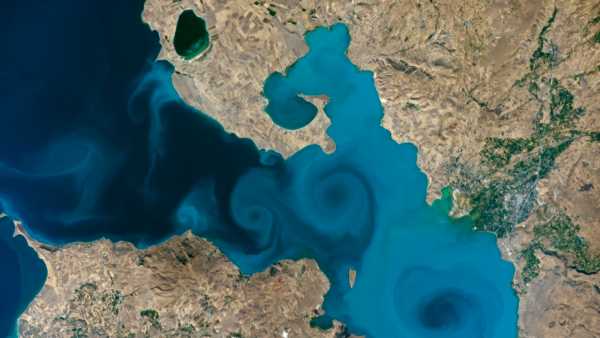
Unique milk swirls create mesmerizing patterns in world's largest 'sparkling lake'
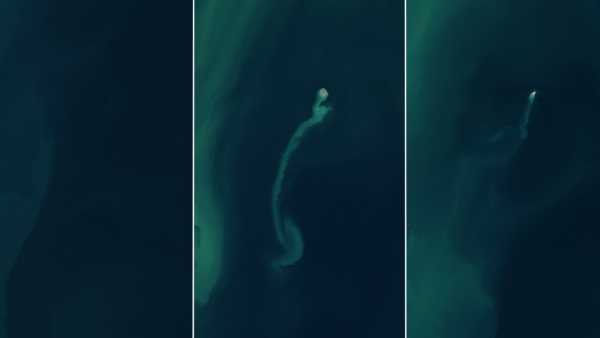
'Ghost Island' Formed After Underwater Eruption, Disappears in Caspian Sea
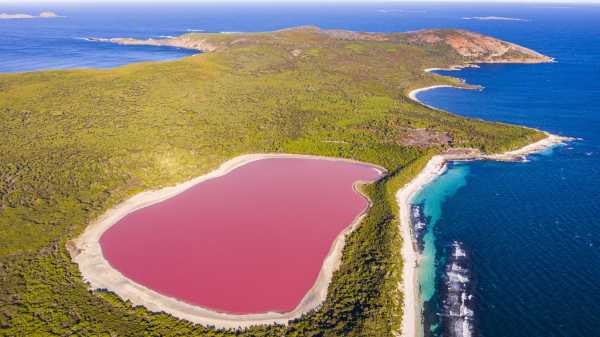
Australia's Pink Lakes: Relics of Ancient River Systems Inhabited by Pink-Producing Microorganisms
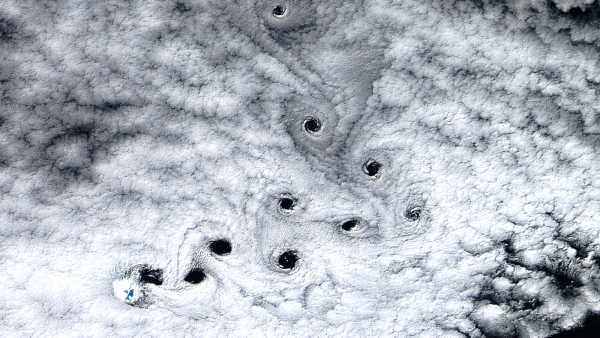
Ten Mysterious 'Dark Holes' Appear in the Skies Above Uninhabited Island Near Antarctica. Latest News from Geology
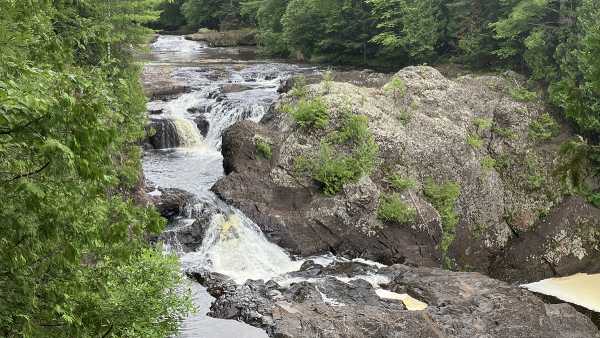
Lake Superior rocks show evidence of the aftermath of the massive collision that formed the supercontinent Rodinia
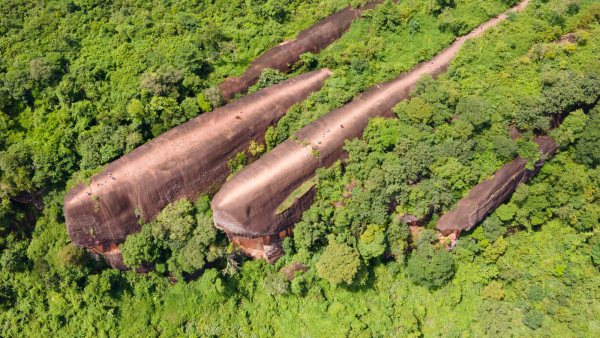
Three Whales Rock: 75-Million-Year-Old Stone Giants in Thailand Seem to Float on a Sea of Green
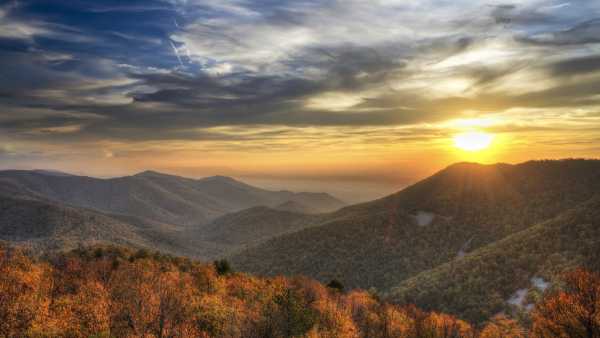
Thermal anomaly beneath the Appalachians, caused by Greenland's breakaway, is moving toward New York

Why do diamonds have different colors?
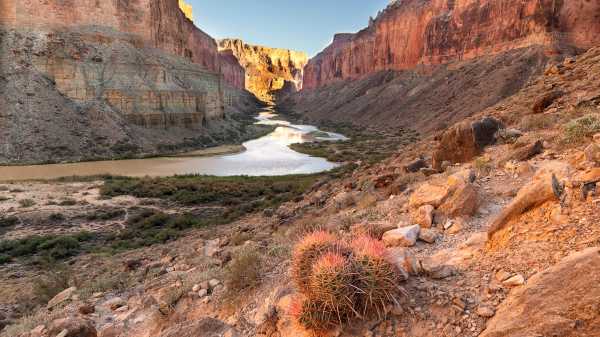
A large meteorite strike may have caused a massive landslide in the Grand Canyon 56,000 years ago
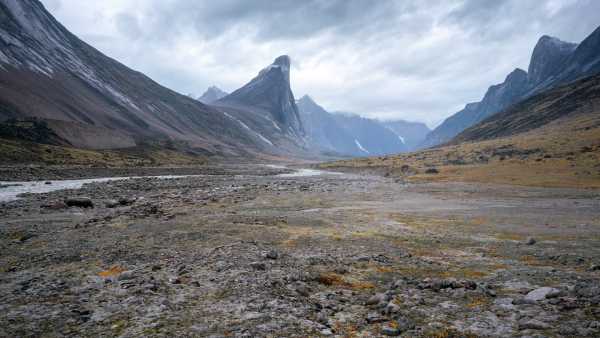
Mount Thor: The Peak With The World's Largest Vertical Drop. Latest News
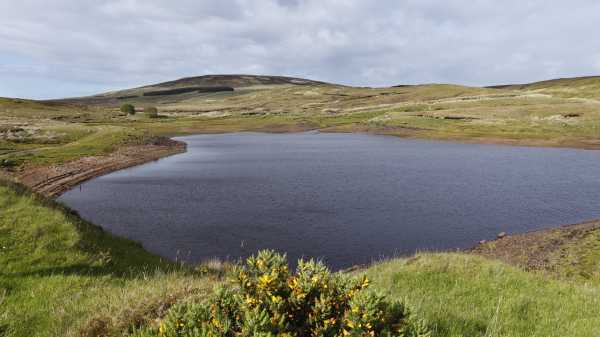
Lugarema: Northern Ireland's 'disappearing lake' that mysteriously empties and refills in hours

Rare Disease Makes Woman See People As Dragons

Solar System's Longest Canyon Reveals New Secrets — Space Image of the Week

Science News of the Week: Storms on Earth and the Sun, Discovery of a New Moon of Uranus
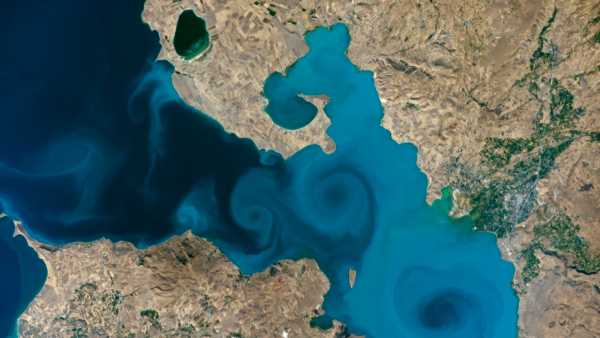
Unique milk swirls create mesmerizing patterns in world's largest 'sparkling lake'

The Bee of Malia Pendant: A 3,800-Year-Old Artifact from the Minoan 'Golden Hoard' LATEST ARTICLES

1. Scientific events of the week: the world's first transplant of pig lungs to a human and a successful test flight of SpaceX's Starship.
Live Science is part of Future US Inc., an international media group and leading digital publisher. Visit our corporate website.
- About Us
- Future Experts
- Terms of Use
- Confidentiality
- Cookies Policy
- Availability
- Advertising
- Notifications
- Career
- Editorial Standards
- Suggest material
© Future US, Inc. 7th Floor, 130 West 42nd Street, New York, NY 10036.
var dfp_config = { “site_platform”: “vanilla”, “keywords”: “type-regular,serversidehawk,videoarticle,van-enable-adviser-
Sourse: www.livescience.com


